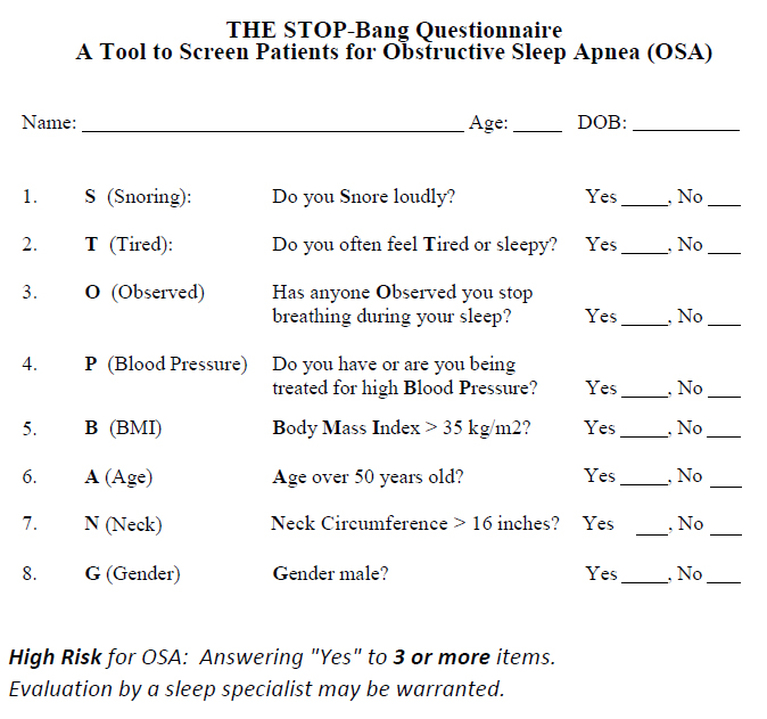"No One Should Suffer From TOXIC SLEEP."
"Find it. Fix it. Feel Better."
Breathe Well. Sleep Well. Live Well.
良い呼吸. 良い睡眠. 良い暮らし.
THỞ TỐT. NGỦ NGON. SỐNG KHỎE.
More Sleep in Your Night. More Life in Your Day. More Days in Your Life.
Ultradian Rhythm & Sleep Fragmentation
Obstructive Sleep Apnea & Sleep-Disordered Breathing
John Saito, MD FAAP FCCP
Board Certified in Pediatrics, Pediatric Pulmonary, and Sleep Medicine
TOXIC SLEEP
OSA + Hypoxia= TOXIC SLEEP

Both adults and children with obstructive sleep apnea syndrome are at risk for HYPOXIA during sleep.
HYPOXIA (defined as lack of oxygen with levels falling below 92% in the blood) must be identified as soon as possible since it can worsen brain function and contribute to deterioration of overall health.
As an analogy, think of HYPOXIA as the harmful effects of sunlight exposure on the skin. The intensity and duration of exposure to the sun's rays can cause damage to the skin. In the short term, intense acute sunlight exposure can result in severe skin damage (sunburn). Over time, prolonged unprotected sunlight exposure can lead to skin wrinkles, pigmented spots, and skin cancer.
We are generally aware of the harmful effects of sunlight on our body. We know to wear sun protection for our skin and sunglasses for our eyes.
Yet, we are unaware of HYPOXIA and its devastating effects to not only our skin, but our mind and entire body when it occurs in our sleep.
Like all things harmful to our body, early recognition and identification of our body's toxic exposure to HYPOXIA in the night is critical.
HYPOXIA (defined as lack of oxygen with levels falling below 92% in the blood) must be identified as soon as possible since it can worsen brain function and contribute to deterioration of overall health.
As an analogy, think of HYPOXIA as the harmful effects of sunlight exposure on the skin. The intensity and duration of exposure to the sun's rays can cause damage to the skin. In the short term, intense acute sunlight exposure can result in severe skin damage (sunburn). Over time, prolonged unprotected sunlight exposure can lead to skin wrinkles, pigmented spots, and skin cancer.
We are generally aware of the harmful effects of sunlight on our body. We know to wear sun protection for our skin and sunglasses for our eyes.
Yet, we are unaware of HYPOXIA and its devastating effects to not only our skin, but our mind and entire body when it occurs in our sleep.
Like all things harmful to our body, early recognition and identification of our body's toxic exposure to HYPOXIA in the night is critical.
OSA & Survival Statistics
OSA & the Heart
Home Sleep Oximetry Testing

HYPOXIA (low oxygen levels in the body) is the TOXIC to all organ systems in the human body. When this occurs during sleep, Dr. Saito has coined the term, "TOXIC SLEEP."
If TOXIC SLEEP is not recognized and diagnosed, it can and will result in deterioration of all organ systems in our body from hair to toes.
Dr. Saito uses home sleep oximetry studies to identify for the presence of hypoxia during sleep. Using a finger sensor, both oxygen level and heart rate are recorded while the individual sleeps in the comfort of their own home.
Anyone who is snoring and/or has pauses in their sleep should be screened for TOXIC SLEEP.
If TOXIC SLEEP is not recognized and diagnosed, it can and will result in deterioration of all organ systems in our body from hair to toes.
Dr. Saito uses home sleep oximetry studies to identify for the presence of hypoxia during sleep. Using a finger sensor, both oxygen level and heart rate are recorded while the individual sleeps in the comfort of their own home.
Anyone who is snoring and/or has pauses in their sleep should be screened for TOXIC SLEEP.
Figure 1a. Normal without HYPOXIA.Figure 2. Abnormal with mild HYPOXIA (oxygen levels <92%) in 2 period of the night.Figure 3. Abnormal with severe HYPOXIA (oxygen levels <92%) through most of the night.Fig 4. SEVERE Hypoxia w/MINIMAL cardiac response.Fig 5. Abnormal with Hypoxia-Induced BRADYCARDIA.Figure 7. Abnormal Cardiac Response to Hypoxia w/PACEMAKER. |
Figure 1b. Snoring without HYPOXIA.Figure 2a. Abnormal with moderate HYPOXIA (oxygen levels <92%) in multiple periods of the night.Figure 3a. Abnormal with INTENSE HYPOXIA (oxygen levels <92%) throughout the night.Fig 4a. Abnormal w/Hypoxia-Induced Tachy-Bradycardia.Fig 6. Abnormal ABSENT Cardiac Response to Hypoxia.Fig 6a. Abnormal ABSENT Cardiac Response to Hypoxia. |
Heart Rate Variability (HRV)
OSA & the Brain
Regional Functional Damage
OSA & the Kidneys
Hypoxemic Hypertensive Renovascular Damage
OSA & Cancer
Hypoxia-Induced Angiogenisis
OSA & Diabetes
Hypoxia-Induced Damage
Danger: Sleep Aid Usage and Sleep Apnea
Home Sleep Oximetry Study Comparison
No Sleep Aid Night vs. Sleep Aid Night
Home Sleep Oximetry Study Comparison
No Sleep Aid Night vs. Sleep Aid Night
































































